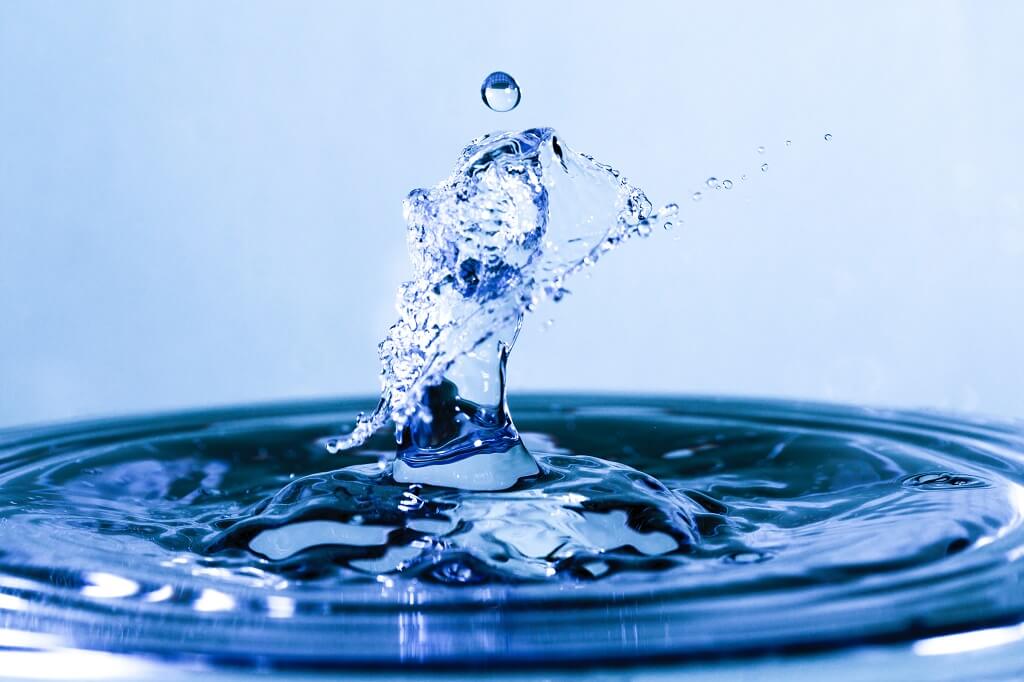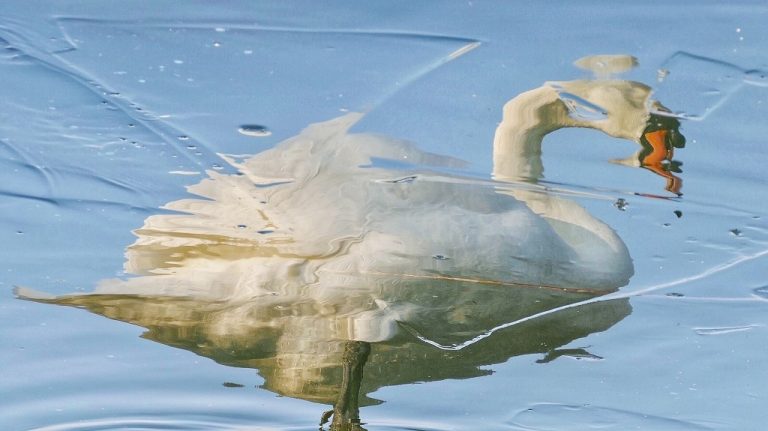Table of Contents [show]
Please read on to find out why fresh, clean water is critical for life and how to protect it for many years to come.
Protecting Fresh Water Is Critical for Life
Deepwater underground layers of water-bearing rocks, springs, lakes, streams, and springs are all sources of fresh water that we need in order to survive. Drinking water helps our bodies flush out toxins we accumulate and provides many needed benefits. Fresh water refurbishes us after physical activities as well as washing our clothes and cleaning ourselves.
The human is not the only living creature who relies on the needs of fresh water. Other animals, fish, plants, trees, and insects must have water to survive as well. In other words, water is life!
As of late, American rivers have not caught on fire caused by pollution like Ohio's Cuyahoga River did in 1969. This was before the enactment of the Clean Water Act. The county sits in the northeastern area of Ohio on the southern shore of Lake Erie. The river was polluted by industrial pollution and caught on fire at least 13 times. Our waterways, rivers, and lakes are constantly facing threats because there is not enough surface water to go around to all.
Groundwater is taken and used unjustifiably.
The wetlands are being destroyed.
Industrial operations such as fossil fuel extraction, mining, logging, factory farms, and pharmaceuticals have ruined our water's quality.
The increase of the human population has drained our supplies of water.
Due to a change in our climate, sea levels are on the rise and saltwater is taking over. There has been a major reduction of snowpacks that are essential for spring runoff.
Only 2.5 percent of our planet's water is fresh and mostly sits inside glaciers. Protecting fresh water has become critical.
We Must Protect Fresh Water
Freshwater has been totally mismanaged which has led to pollution including rivers drying up and damaged habitats. Over the last century, we have lost many of the world's wetlands and wildlife is being destroyed.
That said, all is not lost. We can manage water intelligently to meet the needs of people and nature.
Citizens and communities can take active roles to protect drinking water sources from contamination. We have provided valuable information to protect water sources and take steps to protect drinking water.
About Your Drinking Water
About your drinking water includes information about the water source in an annual report provided by the Consumer Confidence Report (CCR). This report informs you how to get a copy of the source water assessment for your drinking water. You can find your local CCR online and learn more about source water assessments or ask your water provider if there are any water protection projects or groups you can support. Here is a report from Texas.
Dispose of Harmful Materials Responsibly
Do not dispose of hazardous waste on the ground, into storm sewers, or down drains. You will contaminate the soil, groundwater, or surface water. We use many household products that contain hazardous or toxic material that will contaminate ground or surface water including:
- Motor oil
- Leftover paint or paint cans
- Pesticides
- Household cleaners
- Mothballs
- Flea collars
- Various Medicines
Show Caution with Garden & Lawn Chemicals
Use pesticides and fertilizers sparingly and always follow the label's directions. Many of these chemicals have harmful toxins which can move through the soil and contaminate groundwater or run off into the stormwater that streams to rivers and lakes. The EPA evaluates pesticides to ensure they are used according to label directions so they will not harm people, other living creatures, or the environment.
Follow Proper Guidelines to Maintain Your Septic System
Groundwater can be easily contaminated by untreated household wastewater which is very dangerous to drinking water and the environment. If you have a malfunctioning septic system, it will release bacteria, viruses, and chemicals into local groundwater layers and waterways. Your home's septic systems must be examined by a professional septic service at least every 3 years and should be pumped every 3 - 5 years. Systems with electrical float switches, pumps, or mechanical components should be inspected every year.
Medications Should Be Disposed of Properly
If you have a septic tank, you should never flush prescriptions and over-the-counter drugs down the toilet or drain. They will filter into the ground and seep into groundwater. In cities and towns where people are connected to wastewater treatment plants, these drugs being poured down the drain or flushed down toilets will pass through the treatment system and enter rivers and lakes. Water treatment plants are not equipped to frequently remove medicines so the water sources could flow downstream into public drinking water supplies.
The EPA invites people to check out pharmaceutical take-back collection programs. These programs welcome over-the-counter drugs, and prescriptions. They offer a safe and environmentally conscious way to get rid of unwanted medicines.
Reach Out to Your Local Water Utility
Water utilities offer the public valuable information, safety monitoring, and emergency response. They play a critical role in promoting the protection of water sources:
- Advocate for source water protection
- Provide drinking water quality reports or consumer confidence reports.
- Create opportunities for public participation including water board meetings and other public forums.
- Education for consumers
- Identifying potential sources of contamination
- Identify and organize with other colleagues
- Utilities work with owners and managers of potential sources of pollution.

Clean, fresh drinking water is essential to every living thing on this planet in order to survive. Do your part and look into every place you can to help out!

